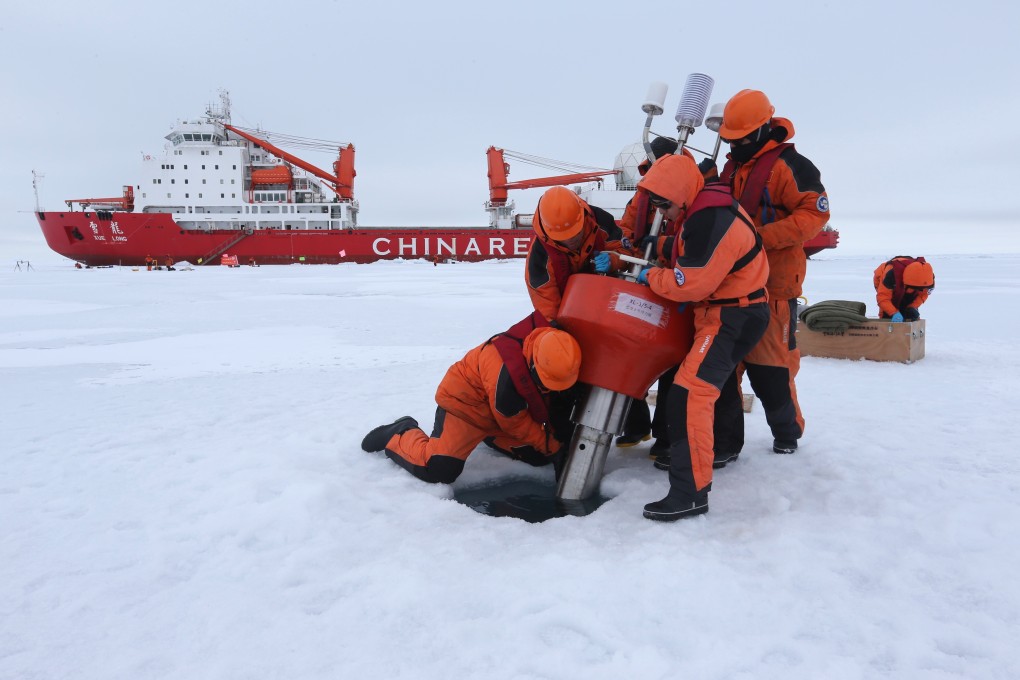China ‘more than other states’ looks to future sea route through resource-rich Arctic, study says
- Waterway that will emerge as rising temperatures cause ice to melt has drawn most interest from Chinese officials and academics, researchers find
- It’s not expected to be ice-free for three decades but Beijing has strong commercial incentives to develop the route, according to lead author

Connecting the Atlantic and Pacific oceans, the Transpolar Sea Route (TSR) will cut across the centre of the Arctic Ocean, passing close to the North Pole.
While it could significantly reduce distances for global trade, it is frozen over for most of the year, making it much harder to traverse than the two Arctic shipping routes currently available – the Northern Sea Route and the Northwest Passage.
Yet Chinese officials and academics are now paying attention to the strategic implications of this future waterway, “arguably more than other maritime states”, according to the paper, published on August 31.
“To the best of our knowledge, China is the only country to have led official expeditions of all three Arctic shipping passages, including the TSR,” the research team, led by Dr Mia Bennett from the University of Hong Kong, wrote in the paper.

01:31
Warmth splinters massive piece of ice away from the Arctic’s largest remaining ice shelf